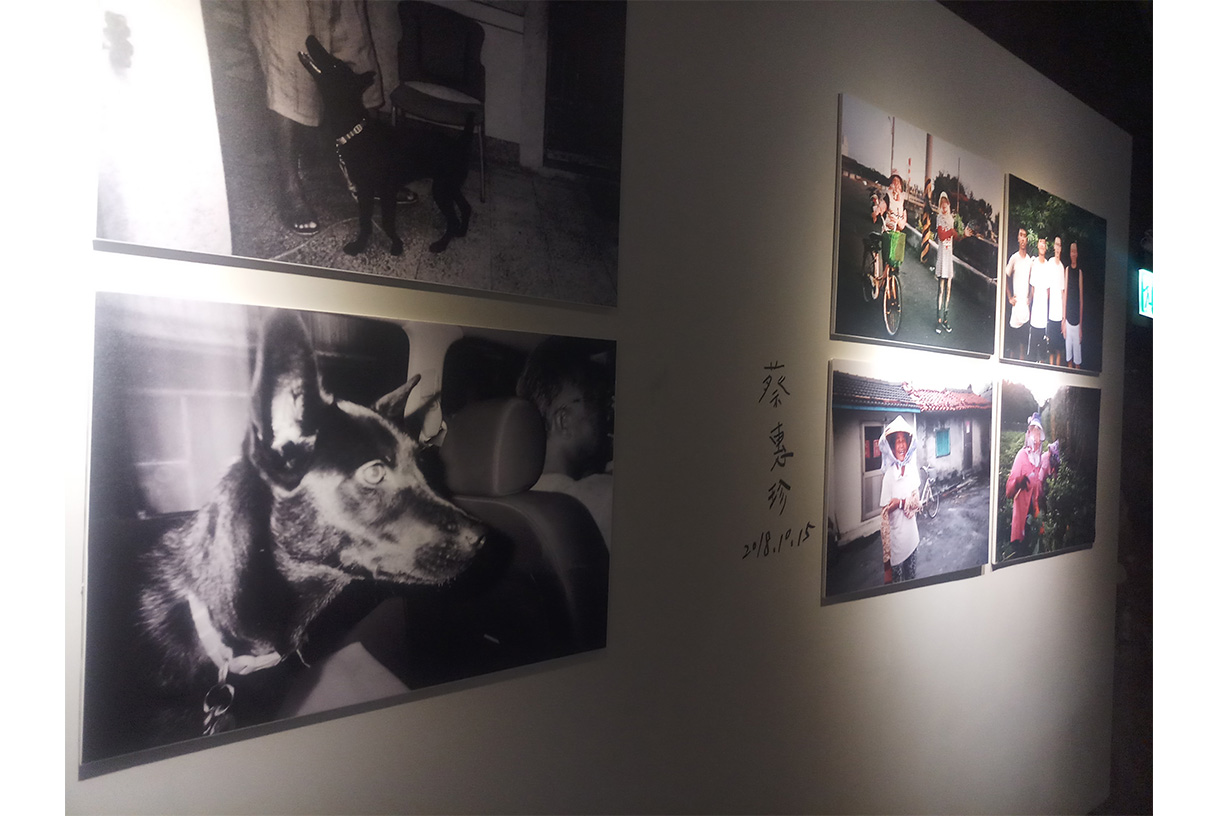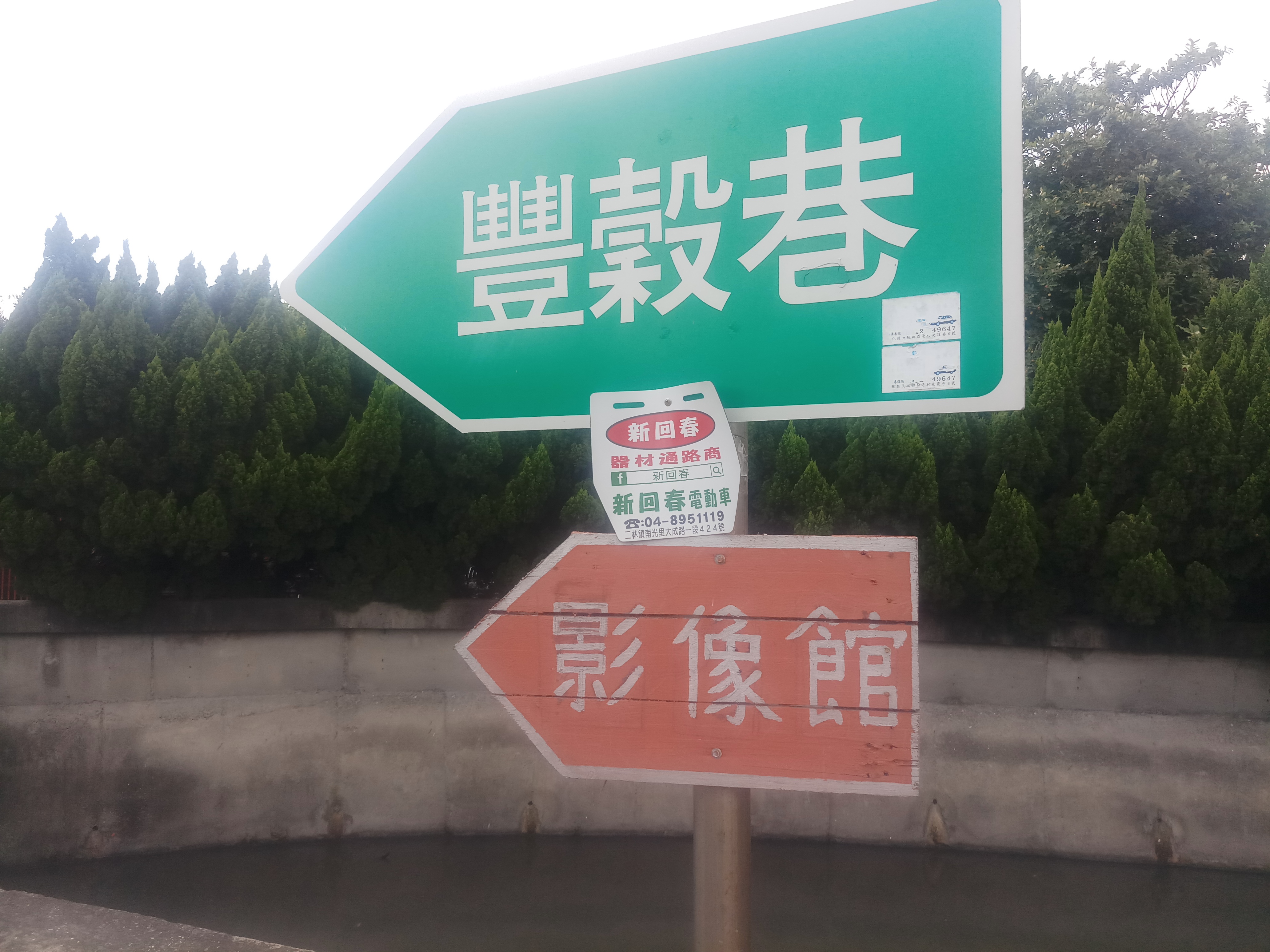|
Author: CHENGJIA ZHANG
The singer Lin Sheng-Xiang, who is holding eight Golden Melody awards, released a conceptual album "Wei Zhuang" that portraits the pollution of the petrochemical industry on the land of Taiwan. There is a song in the album called "The South Wind," illustrating the story of Taixi Village in Dacheng District, Zhanghua County.
Taixi Village is locating at the south-western side of Dachen Township. Originated from Hehuan Mountain, Zhuoshui River connects to Taiwan Strait from here after its 180 and more kilometers running. Because of its location beside the sea, the strong wind in winter, and lack of freshwater for irrigation, this village is traditionally called by Taiwanese: The land of "head of wind and tail of water."
However, ten kilometers away, the naphtha cracking plant stands right across the river. When the south wind comes, the pollution from the plant is brought to Taixi Village and cause serious health hazard to the residents. In the past, the concerns mainly focus on the plant pollution of Mailiao Township and Taixi Township instead of Taixi Village because the village is not within the border of Yunlin County. Until 2013, Xu Zhen-Tang, a photographer who was born in Taixi Village, and Zhong Sheng-Xiong, a reporter who moved back to Zhanghua County, visited households in Taixi Village with their cameras. They took photos of landscape transformation and images of people through the past two decades, then published a photo album"The South Wind" and held a photography roadshow around Taiwan. That is when people realized the problem in Taixi Village.

In 2018 summer, Xu Zhen-Tang revitalized a traditional courtyard dwelling in the village and established the "Taixi Village Image Exhibition Hall" with the application of Zhanghua County Old Housing Revitalization Project. It is not only an exhibition hall for image record but also a gathering point of local elderlies. Finally, the photos wandering all around Taiwan have come back to their origins: Taixi Village, Dacheng Township.
To Xu Zhen-Tang, the importance of photography is not about its structure, lighting, angle, or how expensive the lens is, but the social consciousness and observation inside the picture. He said that people often invite him to teach photography. Nevertheless, he usually spends more time talking about his social value rather than photography skills itself.

October 2018, the "Taixi Village Image Exhibition Hall" held "Plebeian・Viewpoint" photography exhibition. It was the first time Taixi villagers recording their own life incorporation with the artists in the village. "These photos are taken by the villagers with no single photography concepts," Xu Zhen-Tang said, "There is not any intervention or guidance in the process, they operate on their own completely. As a result, we may find a bit different in the exhibition."In the past, the "The South Wind" photo exhibition consisted of more mono-colored pictures. However, the villagers of Taixi said to Xu Zhen-Tang: "Tang! Let's take some colored photos too, or else people may think that all we left in the village are black and white!"The villagers have reversed the role of seeing and being seen, while Taixi village is shouting out their weak but real voice.
Besides taking records through images of Taixi Village, Xu Zhen-Tang has been promoting the community green industry after the publishing of the "Nan Feng" photo album. "Every environmental problem is the social class problem. In our society, the upper class keeps leaving the pollutions to the lower class."He hopes to lead Taixi Village, getting rid of their victim role by organizing solar or wind power cooperative. The policy nowadays mainly encourages the green industry vendors renting lands from local communities and building facilities. Nevertheless, Xu advocates that communities can operate co-financing and build power facilities by themselves in order to promote the green industry as a bottom-up scale. The surplus profit of the cooperative can be distributed to the community and complement the lack of public resources of Taixi Village. "Community holding the ownership of the green power cooperative is an essential part. It can connect people and provide identities to the community. That is how a community creates its possibilities."
Nonetheless, with the population of only about 450 people in the village, and more than 50% are elderlies, the difficulties of organizing green power cooperative are not only capital and land, but also the membership recruiting. Most elderlies have understood the concept of green power cooperative, but they are not able to provide the establishing fund. Moreover, the cost may not recover before they pass away. The concerns have been one of the most significant burdens promoting the cooperative.
Xu thinks that the scope of the green power cooperative can be small in the first place. To gain the recognition and participation of residents is meaningful for this community and essential for the energy transition in Taiwan.
Walking in Taixi Village, one may find many empty dwellings. Some are left by the seniors who passed away because of cancer, some are left because of the fear of the next generation inheriting pollution. "Perhaps, we can strive for a part of villagers' discourse on this land."
Authorization in this article:CC3.0 BY-NC-SA
|





